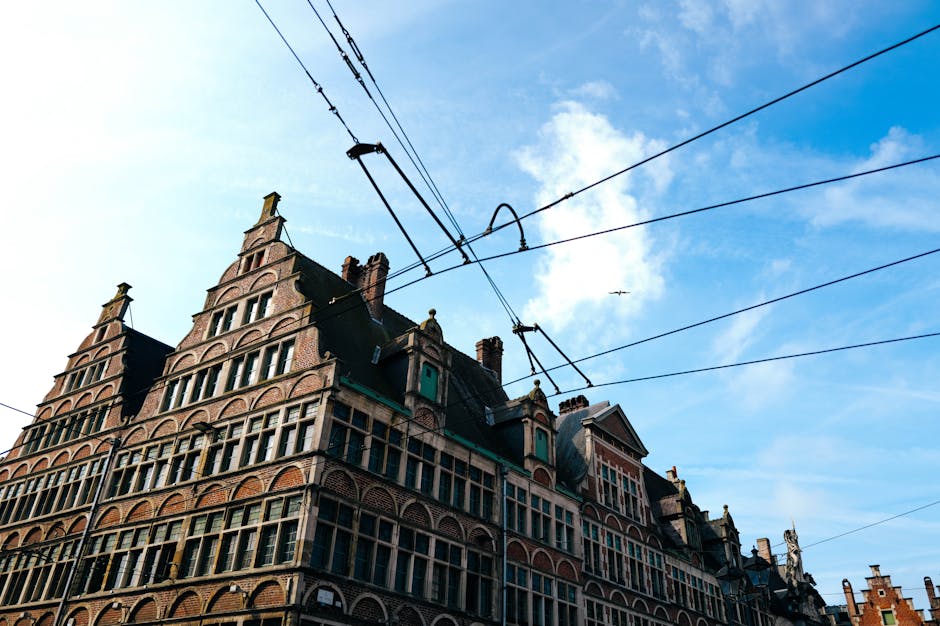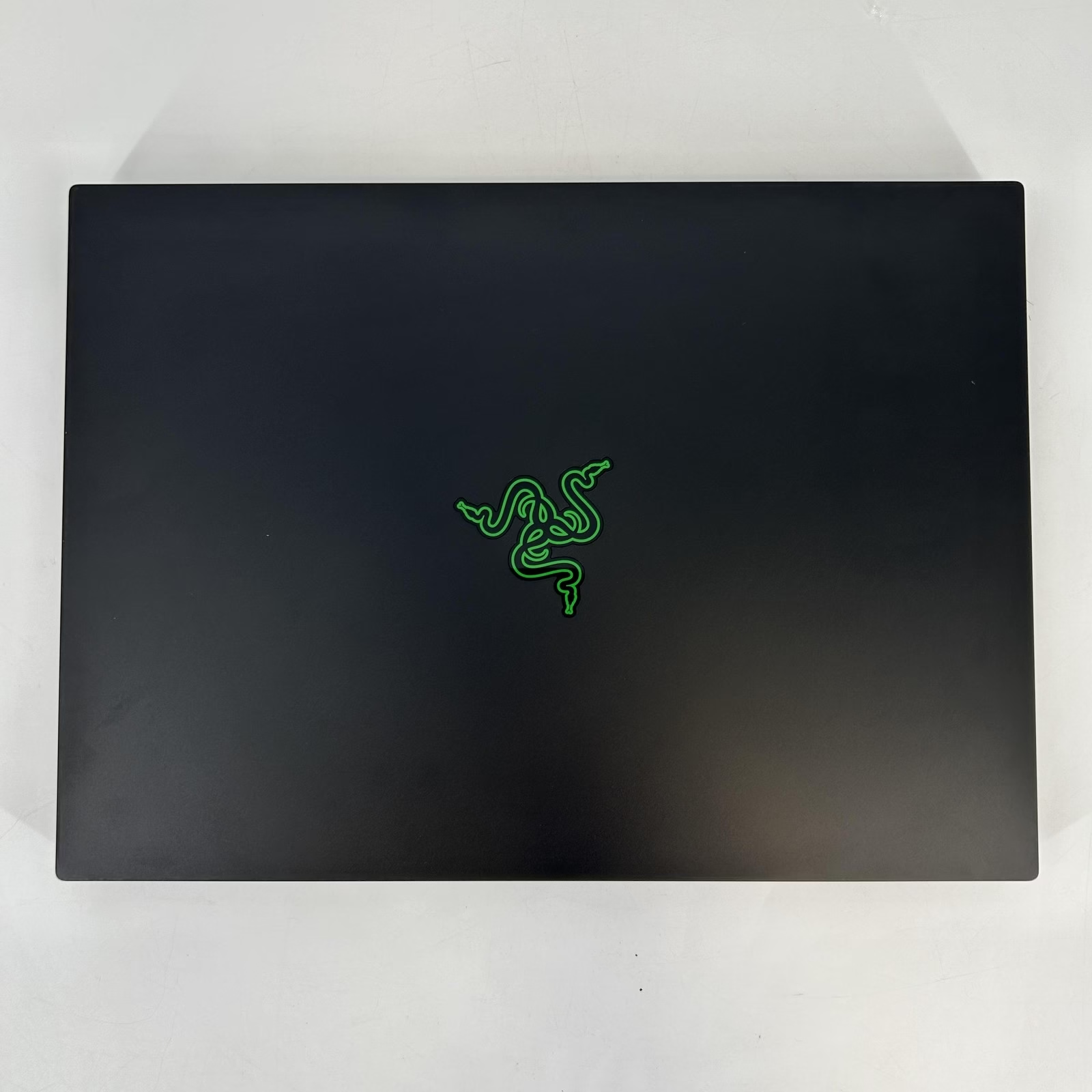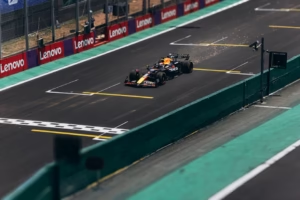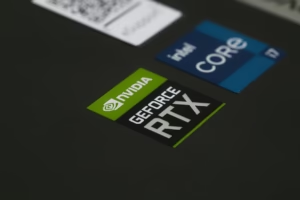Overhead Cables: Ultimate Guide to Safety & Regulations 2025
Having spent years observing the intricate web that powers our modern world, from bustling cityscapes to serene rural landscapes, one element consistently stands out yet often goes unnoticed: overhead cables. These silent workhorses are the literal lifelines of our infrastructure, transmitting electricity, data, and communication signals right above our heads. While often taken for granted, understanding their role, challenges, and future is crucial. Let&s delve into the fascinating world of overhead infrastructure and unravel why these visible conduits remain so vital.
What Exactly Are overhead Cables, Anyway?
In simple terms, overhead cables are exactly what they sound like: power lines, telephone lines, and data transmission lines suspended on poles or pylons above ground level. They are the most common method for distributing electricity and telecommunications across vast distances and into our homes and businesses.
These aren&t just any old wires. They&re typically made of materials like copper, aluminum, or steel, sometimes reinforced with steel for added strength, especially for longer spans. They&re designed to withstand environmental stressors, from high winds to temperature fluctuations. You&ll primarily encounter two types: high-voltage transmission lines that carry electricity over long distances between power plants and substations, and lower-voltage distribution lines that branch out from substations to deliver power directly to neighborhoods and buildings. Telecommunication cables, carrying everything from internet data to phone calls, also frequently utilize this overhead approach.
Why Do We Still See So Many overhead Cables in the Modern World?
Despite the aesthetic appeal of underground utilities, we continue to see a prevalence of overhead power and communication lines primarily due to their significant cost-effectiveness, ease of maintenance, and historical legacy.
Historically, suspending lines on poles was the simplest and most economical way to distribute power as electrification spread globally. Digging trenches for underground infrastructure is incredibly expensive, time-consuming, and disruptive, often costing 5-10 times more than overhead installation. Furthermore, when a fault occurs in an overhead system – say, a fallen tree limb or a damaged insulator – it&s typically much easier and quicker for utility crews to locate and repair the issue.
Underground faults, conversely, can be incredibly challenging to pinpoint, requiring specialized equipment and often extensive excavation. The flexibility of overhead systems also allows for easier upgrades and capacity expansion without needing to tear up streets or disturb existing underground networks. You might find more detailed information on power grid infrastructure at the U.S. Department of Energy website.
What Are the Advantages and Disadvantages of overhead Infrastructure?
Like any engineering solution, overhead infrastructure comes with its own set of pros and cons, balancing efficiency and cost against aesthetics and vulnerability.
What Are the Advantages?
- Lower Installation Cost: As mentioned, this is a primary driver. Installing poles and stringing lines is significantly cheaper than trenching and burying.
- Easier Maintenance and Repair: Faults are visible and accessible, leading to quicker diagnosis and shorter repair times, which directly impacts service restoration.
- Efficient Cooling: Cables dissipate heat more effectively when exposed to the open air, which is crucial for high-voltage power lines.
- Flexibility: Easier to upgrade, modify, or extend the network as demand changes.
What Are the Disadvantages?
- Aesthetic Impact (Visual Pollution): Many people find the crisscrossing lines and numerous poles unsightly, detracting from natural landscapes and urban architecture.
- Vulnerability to Weather: Storms, high winds, ice, and falling trees can easily damage overhead lines, leading to widespread power outages.
- Safety Hazards: Live wires pose a significant risk of electrocution to the public, especially during storms or accidents.
- Wildlife Interference: Birds and other animals can cause outages or be harmed by contact with lines.
- Susceptibility to Theft/Vandalism: Exposed wires are easier targets for material theft or intentional damage.
How Do overhead Cables Affect Our Daily Lives and the Environment?
The impact of overhead cables on our daily lives is profound, largely dictating the reliability of our power and communication, shaping our visual environment, and sometimes interacting with nature in unintended ways.
On a daily basis, these lines are the unseen force behind our lights, internet, and devices. When they fail, due to weather or other incidents, our lives can grind to a halt. The visual impact is undeniable; in many communities, the dense network of lines and poles defines the streetscape, sparking ongoing debates about urban planning and aesthetic standards. Environmentally, while modern designs aim to mitigate risks, power lines can still pose a hazard to birds, leading to electrocution or collision. There&s also ongoing, though largely inconclusive, research into the long-term health effects of electromagnetic fields (EMFs) emitted by high-voltage lines, though current scientific consensus suggests minimal risk at typical exposure levels.
What Safety Precautions Should Everyone Be Aware Of Around overhead Cables?
Given their omnipresence and the inherent dangers of electricity, understanding safety around power cables is paramount for everyone.
The golden rule is simple: look up and stay away. Always assume any downed line is live and extremely dangerous. Never touch it or anything it is touching.
Report downed lines to your utility company immediately. Be mindful when carrying tall objects like ladders, antennas, or even flying kites, ensuring they don&t come into contact with overhead lines. If you&re involved in a car accident and a power line falls on your vehicle, stay inside until help arrives, unless there&s an immediate fire risk.
If you absolutely must exit due to fire, jump clear of the vehicle, landing with both feet together, and shuffle or hop away without lifting your feet, minimizing contact points with the ground. For more specific guidelines, always refer to your local utility&s safety information or organizations like OSHA.
Are There Any Future Trends or Technologies Changing How We View overhead Infrastructure?
The future of overhead infrastructure isn&t static; innovation is constantly at play, from smarter grids to new materials, and a continued debate about undergrounding.
One significant trend is the development of smart grids. These systems incorporate digital technology to monitor, control, and optimize power delivery in real-time. Sensors placed on overhead lines can detect faults instantly, allowing utilities to isolate problems and restore power more quickly, sometimes even before customers notice an outage.
Advanced materials are also emerging, offering stronger, lighter, and more efficient conductors that can withstand harsher conditions. While full undergrounding remains prohibitively expensive for most existing networks, new urban developments often choose this option for aesthetic and resilience benefits. The debate continues, weighing cost, reliability, and visual impact.
As technology evolves, perhaps even wearable tech like smart watches might integrate with proximity alerts for high-voltage areas, adding another layer of personal safety awareness. You can explore more about the benefits of smart grids in our article: The Power of Connection: Understanding Smart Grid Technology.
Shop Related Products on eBay
Find the best deals on these recommended products:
… (Content truncated for length) …
About the Author:
Poly Kaza is a seasoned technology journalist and wearable tech enthusiast with over a decade of experience reviewing and analyzing the latest innovations in smart devices. He has a deep understanding of the underlying technologies that power smartwatches and a passion for helping consumers make informed decisions about their digital companions. His work focuses on bridging the gap between complex technical specifications and practical user experience, with a keen eye on how wearables impact daily life and health.













Post Comment